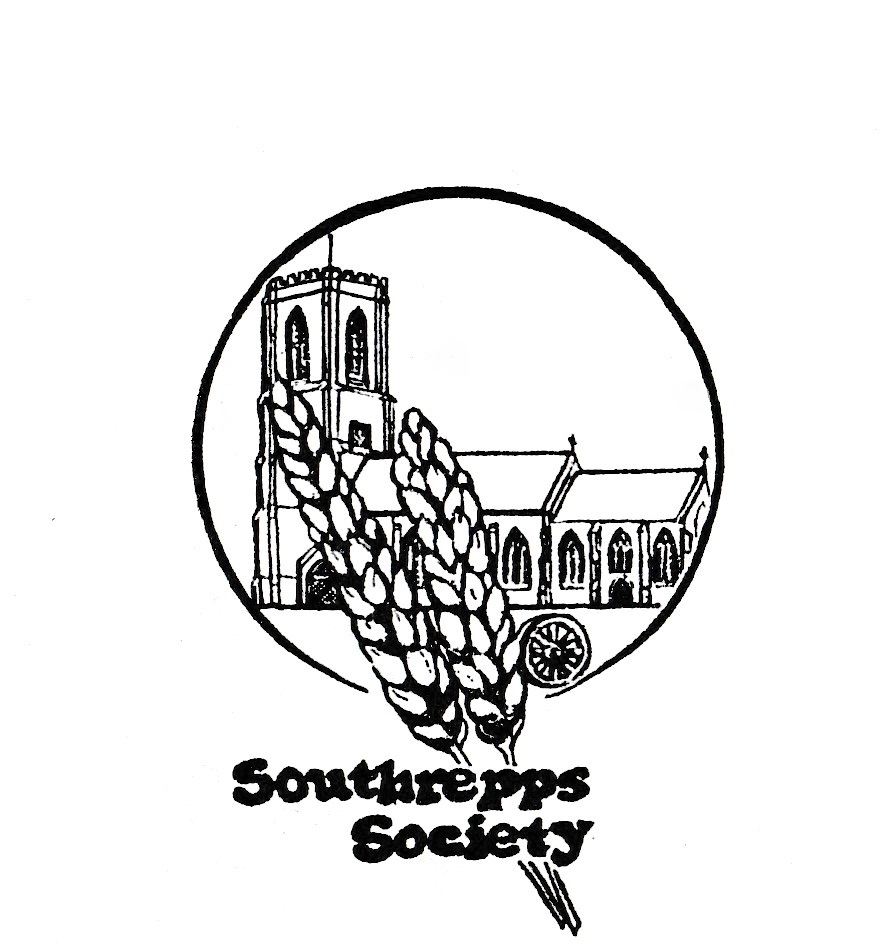Author Margaret Dowland
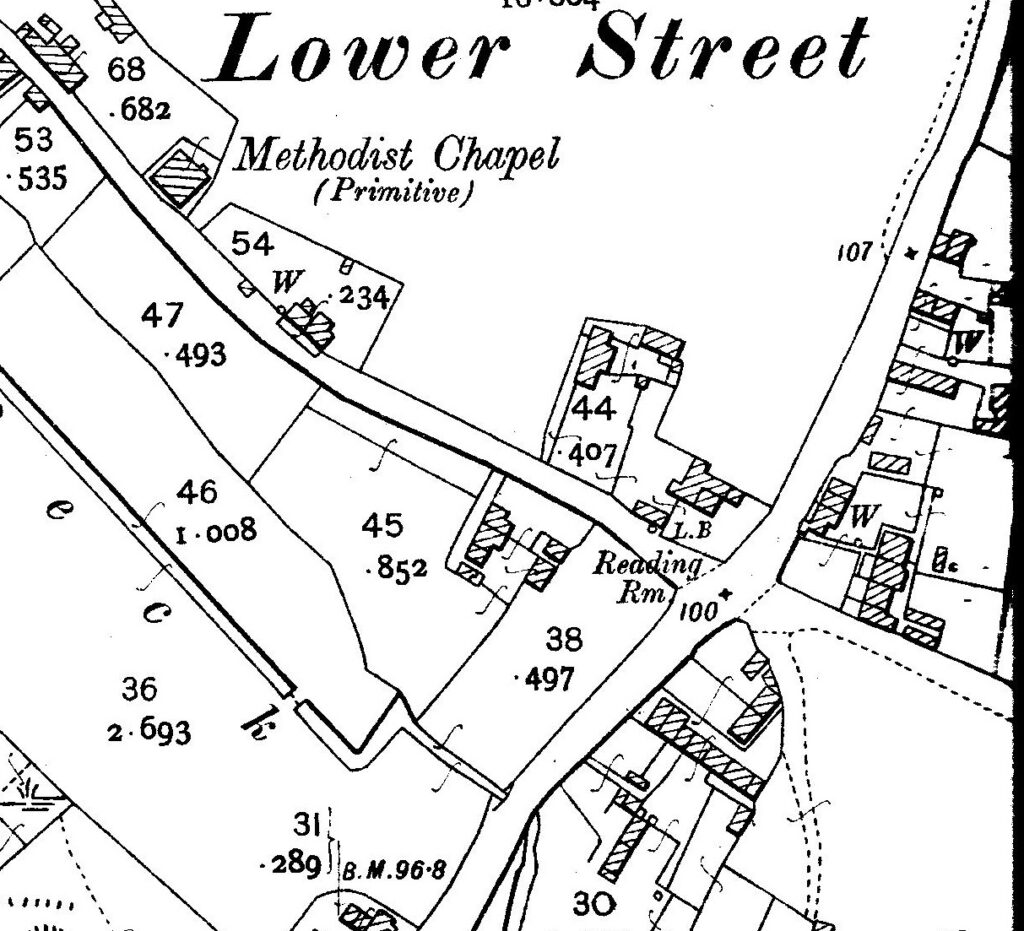
This Ordnance Survey map from 1905, clearly marks a Reading Room in Lower Street, at the crossroads of Chapel Road and Pit Street
Reading rooms were established in the mid 19th century to both offer an alternative to the public house as a place of entertainment and as a way to improve the literacy of the lower classes. For this reason they often doubled up as coffee houses. There were hundreds of Reading Rooms and Coffee Taverns opened all over Norfolk. Most were set up either by the clergy or a local philanthropic landowner, some at the behest of the local population.
It was very uncommon in Norfolk for reading rooms to be a room in a cottage. This strongly suggests that the most likely location for the Reading Room was in the building that is now the garage at Crossways. It has the original Victorian postbox in the wall which helps to date it.
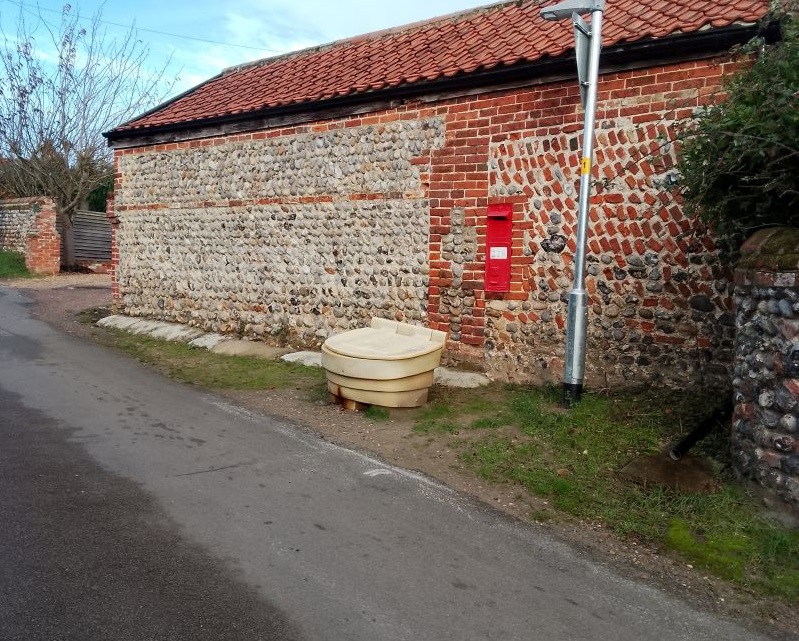
This is further reinforced by the Antingham and Southrepps School log entry for Nov 1914 when the military commandeered the Infant School to billet soldiers. The Infant School was relocated to the Reading Room. It would have been impossible to fit somewhere in the region of 50 children into the front room of a cottage. The children were subsequently moved to the barn just behind, which is now called Keys Barn.

The 1901 census lists Margaret Bell a widow and dressmaker as running the Coffee Tavern. She had been married to William, a Methodist preacher. The 1908 Kelly’s directory lists her as running the Reading Room and Coffee Tavern.
An entry in the 1883 minute book of Antingham and Southrepps School moves the date of its existence to at least 1895 when
“Miss Harbord asked the school board for a room to store books for the use of the residents of Lower Street. The board suggested the coffee room in Lower Street would be a suitable place (it was later decided that this was not the case). “
No further references had been uncovered, the conclusion is that it ceased to function in the following few years. This is reinforced by the establishment of the Men’s Reading Room in 1935.
“The information for this item has been drawn from: King, Carole (2015) The leisure activities of the rural working classes with special reference to Norfolk 1840-1940. Doctoral thesis, University of East Anglia.”https://ueaeprints.uea.ac.uk/id/eprint/58540/
The Men’s Reading Room
This was also in Lower Street and was established in about 1935 by the then Headmaster of Antingham and Southrepps School, Hector Percy Jones. Using his own money he purchased two run-down cottages at the cost of two shillings and six pence. He bought it from the grandmother of Alan Chadwick,to be converted into a Men’s Reading Room.Again the purpose was to educate the men and to give them an alternative to the public house. It was strictly out of bounds to, women except for Ruby Risebrow who lived next door and was allowed in to light the fire! The original cottages would have looked very similar to the existing cottages, The Willows, next door.
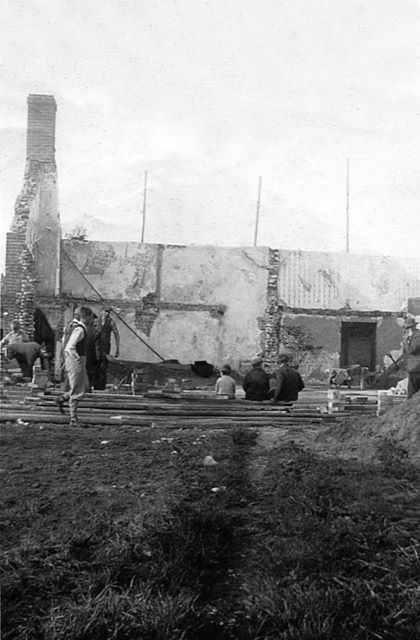
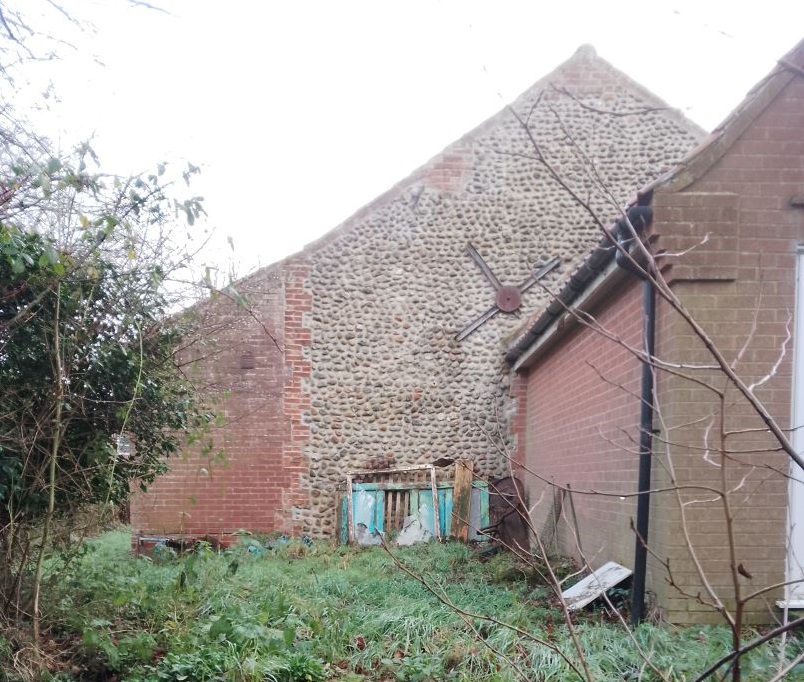
The need for a men’s reading room declined and the building fell into disrepair and in the 1980s an application was made to demolish it. The villagers realised that they were going to lose a valuable asset so a committee was formed to to raise money to resurrect it as a social club for all.
Lower Street Social Club
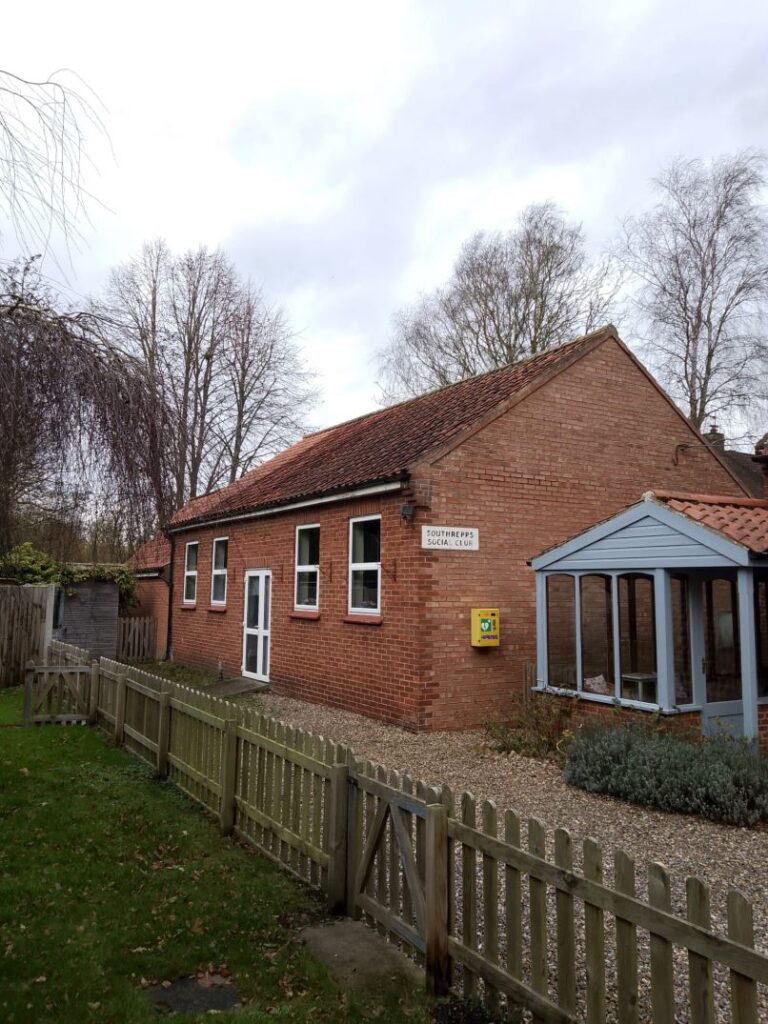

The club is home to a successful Bowls team that meets regularly on a Tuesday afternoon and play in the Broadland League. The extension was completed in 1983 to allow more room for the carpet bowls. The building still houses the original billiards table and members can play when they wish. For many years the club held an annual summer fair. The room is also available for hire.
The Library
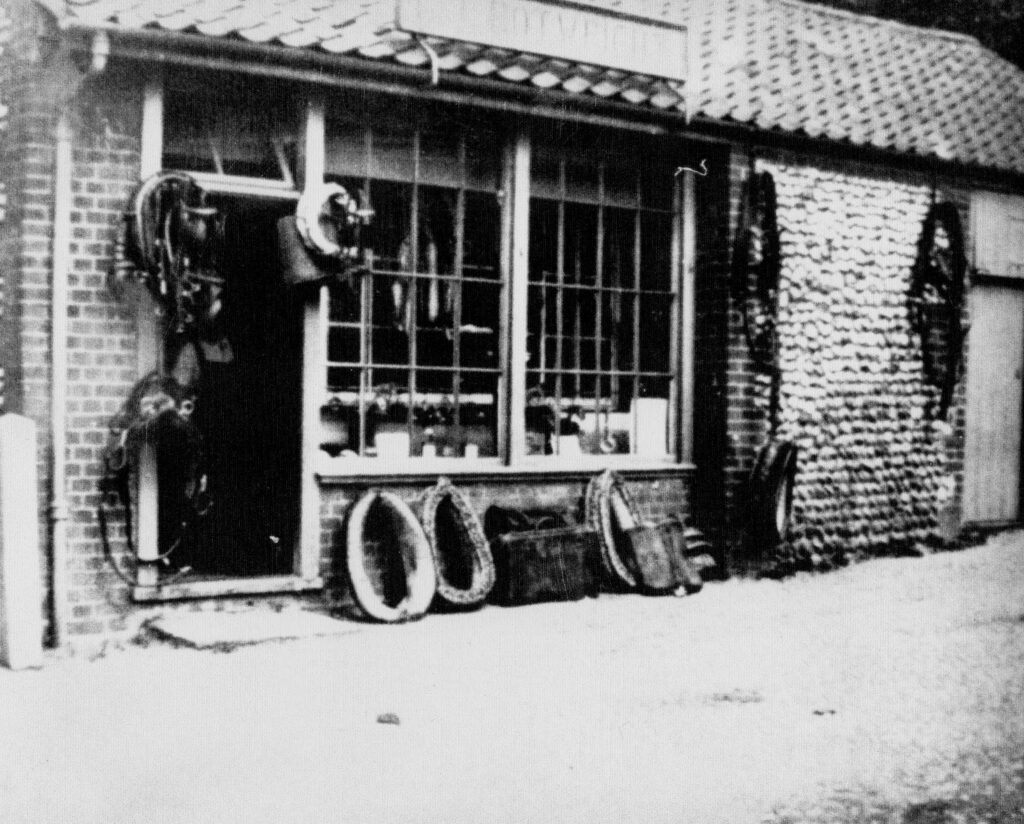
The library in Upper Street was set up and run by Frederick Charles Crane known as Charlie. He was a teacher at Antingham and Southrepps School working there from 1913 until 1946 with a brief stint as temporary Headmaster between the departure of Mr Dacks and the arrival of Mr Hare.
The Library was in the old saddlery shop on the High Street. Mr Crane and his wife lived next door in Sunnydene, now number 8.
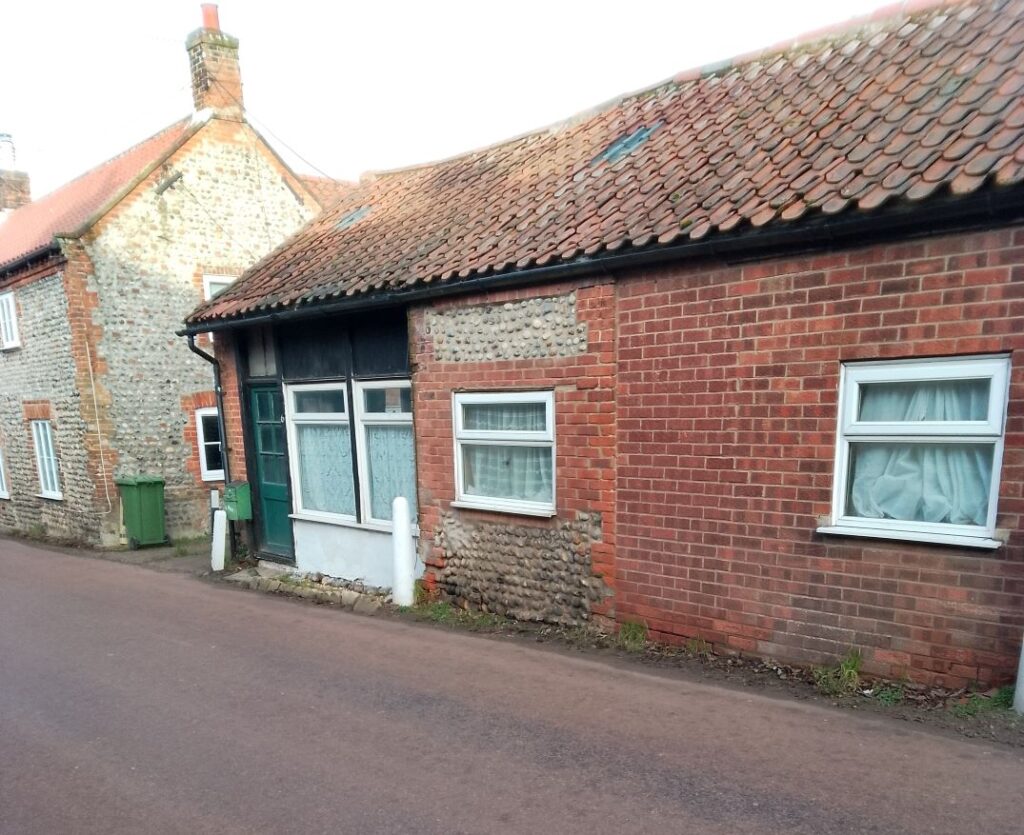
It is not known when it opened but it closed in the late fifties early sixties as Mr Crane died in 1962. It had two walls of books and in later years was resupplied on a regular basis by the mobile library service.The older residents have fond memories of it and one said that as a child it was her favourite place to be, and she spent as much time there as she could.
Mr Crane worked with Mr Jones, at the school for 25 years. They both seemed determined to educate the whole village.
Mobile library
The mobile library service started in Norfolk 1953. The village was, and still is served by this service which calls once a month to three locations in the village. Gables Avenue and Long Lane in Upper Street and Bradfield Road in Lower Street. It has a ten-minute stop at each place and further details can be found on the Norfolk Council website
